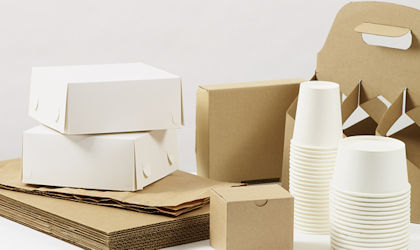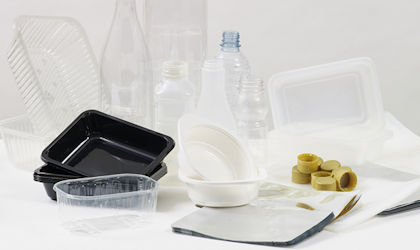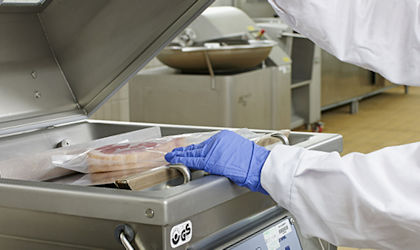Packaging analysis, packaging testing, food packaging materials
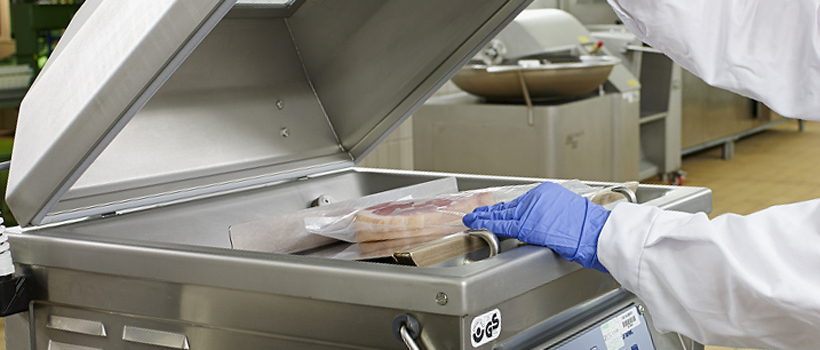
To discuss your needs
Is your packaging fit for purpose? Different types of packaging are used for different reasons.
Plastics need to have the correct gas and water vapour permeabilities. Metal packaging needs the appropriate tin or lacquer layer. Multilaminate structures need to be of the correct thickness.
Campden BRI expertise covers these and many other packaging issues. We have extensive facilities for microscopic examination of packaging, as well as for determining the transfer of its components into the food, and assessing its susceptibility to microbial contamination.
Packaging analysis and testing
Metal
- Biotest
- Can lacquer integrity
- Checks against specifications
- Determination of compound lining weight distribution
- Determination of vacuum present in cans
- Drop test
- Dye penetration testing
- Elemental analysis
- Head space gas analysis
- Lacquer adhesion testing
- Lacquer weight determination
- Leak testing of cans
- Plate thickness
- Ring pull analysis of easy open ends
- Scanning electron microscopy
- Score line analysis
- Seam sectioning / double seam evaluation
- Side wall and vertical axis strength testing
- Torque testing
Migration and taint analysis
Modified atmosphere packaging
Package strength and integrity
- Adhesive bond strength testing
- Biotest
- Burst test
- Compression strength testing
- Creep testing
- Drop test
- Dye penetration testing
- Internal pressure resistance testing
- Peel testing
- Pendulum impact testing
- Tear resistance
- Tensile and T-peel testing
- Thrust test
- Torque testing
- Underwater vacuum / bubble emission testing
Paper and board
- Adhesive bond strength testing
- Biotest
- Cobb test
- Coefficient of friction (CoF) test
- Compression strength testing
- Conformance to dimensional and material specifications
- Drop test
- Dye penetration testing
- Edge crush test
- Flat crush test
- Flute measurements
- Grammage
- Kit testing
- Mullen burst test
- Peel testing
- Tear resistance
Plastics
- Adhesive bond strength testing
- Biotest
- Burst test
- Coefficient of friction (CoF) test
- Conformance to dimensional and material specifications
- Creep test
- Drop test
- Dye penetration testing
- Dyne testing
- Examination of glass and plastics under polarised light
- Internal pressure resistance
- Oxygen transmission rate (OTR) and water vapour transmission rate (WVTR) testing
- Peel testing
- Pendulum impact testing
- Tear resistance
- Tensile and T-peel testing
- Thrust test
- Torque testing
- Underwater vacuum / bubble emission testing
Key services
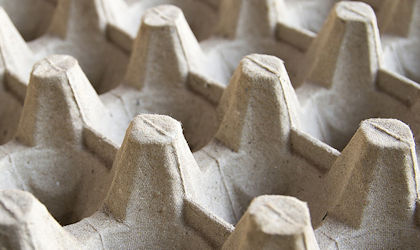
Package strength and integrity
Packaging must be able to withstand the rigours of distribution and storage.
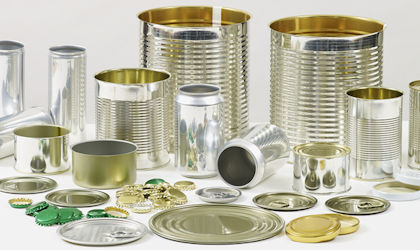
Metal
Testing of canned products within metal packaging may be required for various reasons including product/pack compatibility.
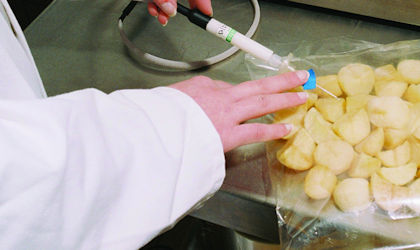
Modified atmosphere packaging
Ensuring the correct gas composition and gas:product volume ratio is critical.

Packaging down the microscope
Microscopy can use a range of techniques to examine packaging materials including plastic and metal.

Packaging migration and taint analysis
Packaging must not transfer its constituents into food to the detriment of the food's quality.
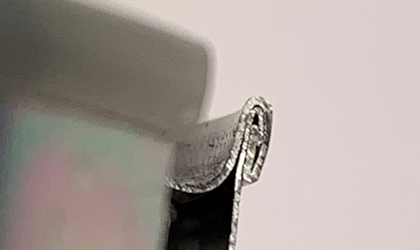
Metal can double seam assessment and troubleshooting
We can assess internal and external dimensions for any defects and breaching of critical seam parameters
Packaging training courses
Explore our packaging related courses including; Packaging technology for non-packaging technologists and MAP (modified atmosphere packaging) – an introduction
Are you getting the most from your Membership?
Watch our membership FAQ videos and find out more about Member Service Account spending, Member Interest Groups, help and advice
Where we refer to UKAS Accreditation
The Campden BRI group companies listed below are accredited in accordance with the recognised International Standard ISO/IEC 17025:2017 by the United Kingdom Accreditation Service (UKAS). The accreditation demonstrates technical competence for a defined scope of methods, specific to each site, as detailed in the schedules of accreditation bearing the testing laboratory number. The schedules may be revised from time to time and reissued by UKAS. The most recent issue of the schedules are available from the UKAS website www.ukas.com. Campden BRI (Chipping Campden) Limited is a UKAS accredited testing laboratory No. 1079


